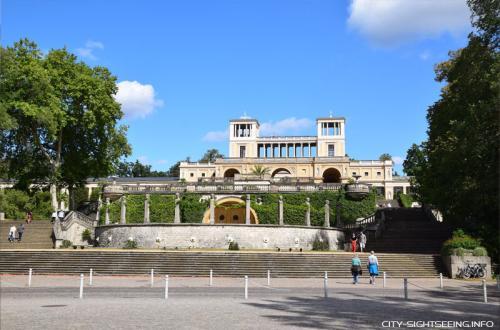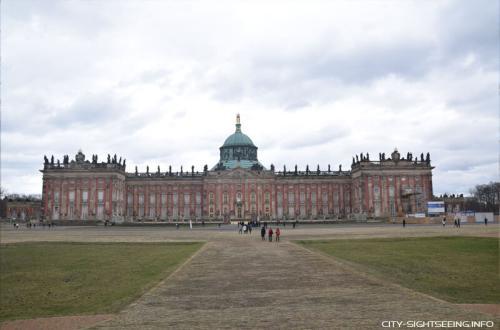Port of Hamburg

With around 8,000 ship calls per year, almost 300 berths on a total of 43 kilometers long quay walls, the Port of Hamburg is the largest seaport in Germany. It is located on the Lower Elbe and about 100 kilometers from the mouth of the Elbe into the North Sea near Cuxhaven. It is one of the most important sights in the Free and Hanseatic City of Hamburg. After the port of Rotterdam and the port of Antwerp, the port is the third largest in Europe.
Table of Contents
History of the Port of Hamburg
Hamburg has had a wooden pier about 120 meters long since the 9th century. However, a charter dated May 7, 1189 from the German Emperor Friedrich Barbarossa, which guaranteed the Hamburgers important privileges such as duty-free travel on the Lower Elbe to the North Sea, was considered the birth of the Port of Hamburg for a long time. The letter is said to have been a forgery, but it did not miss its purpose. The port has grown steadily over the course of history. In 1321 Hamburg joined the Hanseatic League, which gave the Port of Hamburg an economic boom. The port continued to grow with history. Trade with the American continent expanded at the end of the 18th century, the first steamships arrived and Hamburg became one of the most important emigration ports from the middle of the 19th century. Hamburg becomes the gateway to the world. The port of Hamburg continues to expand, receives huge warehouse complexes – the Hamburg warehouse district – and becomes one of the largest ports in the world.
Port of Hamburg today | “Gate to the World”
It is not without reason that the Port of Hamburg is one of the largest European ports and one of the most flexible and efficient universal ports in the world: around 8,000 ship calls per year, the port has around 300 berths for seagoing vessels on a total of 43 kilometers of quay walls. The port is approached by more than 2,300 freight trains per week. It also has four modern container terminals and three cruise terminals.
Around 8,700 seagoing ships reach the port every year. This also includes container ships with a length of up to 400 meters and a capacity of 19,000 standard containers. Hardly imaginable.
A big plus compared to other ports is the location. Due to its location deep inland, it is only 200 to 450 kilometers away from the Central and Eastern European metropolitan areas. This is a decisive advantage for the transport of the goods.
But cruise tourism also has its home in Hamburg. With around 600,000 passengers and 160 ship arrivals, Hamburg is an important travel destination and starting point for many cruise lines.
Harbor tours and other highlights
Whether it’s the big harbor tour or a small tour on one of the many barge offers. You have to experience Hamburg from the water. The port of Hamburg is the city’s main attraction and a port tour is a must on a visit to Hamburg. We have put together the best tours for you.
Weiteres / More:






